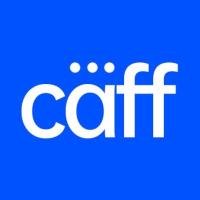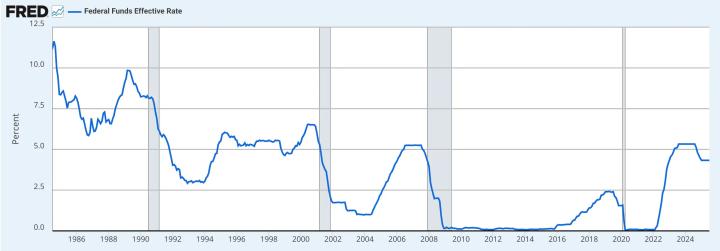3. Regulatory Status of RWA in the Middle East
▍3.1 Dubai International Financial Centre (DIFC)
The RWA regulation in Dubai International Financial Centre is managed by its Financial Services Regulatory Authority (hereinafter referred to as DFSA). In 2025, DFSA officially incorporated asset tokenization into its regulatory framework and released the Tokenisation Regulatory Sandbox Guidelines, clarifying the regulatory classification and corresponding framework for security tokens and derivative tokens. This move means that RWA projects are no longer in a regulatory gray area in DIFC, providing a clear and compliant basis for RWA token issuance and trading.
In the Tokenisation Regulatory Sandbox Guidelines, DFSA introduced a phased pilot mechanism for RWA projects. In the first phase, project teams first submit a letter of intent to DFSA for initial assessment. After passing the initial assessment, projects enter the 6-12 month Innovation Testing Licence (ITL) phase, during which tested projects can enjoy partial capital requirements and prudential obligation exemptions, but still need to undergo DFSA's continuous monitoring of information disclosure, distributed ledger security, and asset custody. At the end of the testing period, project teams must apply for a formal license or voluntarily exit the market, otherwise they will be strictly cleared out by DFSA.
Overall, DFSA maintains an "actively open and prudently compliant" attitude towards RWA, actively exploring RWA innovation and providing project teams with a pilot mechanism that can be practically implemented.
[The rest of the translation follows the same professional and accurate approach, maintaining the technical terminology and specific names as requested.]QCDT will digitize traditional money market fund shares on-chain, with the fund share rights represented and circulated through blockchain tokens. Therefore, investors can obtain the same income rights as traditional fund holders by purchasing QCDT tokens. At the same time, the project is very cautious in its compliance design. On July 8, 2025, DFSA officially approved the issuance license for QCDT, making it one of the first regulated tokenized money funds in DIFC. Therefore, from token issuance to circulation, QCDT strictly adheres to the regulatory framework specified by DIFC. The project's whitepaper also clearly states that all asset allocations and transactions are conducted under the fund framework regulated by DFSA, and has established strict anti-money laundering and information disclosure systems.
From these two examples, it can be seen that whether it is RWA of physical assets or financial assets, RWA projects in the Middle East have already begun to be formally implemented and have made substantial progress. However, these RWA projects that are being or have been implemented are mainly concentrated in Dubai's issuance and operation, while other Middle Eastern countries like Saudi Arabia, due to conservative regulatory strategies, are significantly behind Dubai, which has an open attitude towards the crypto world.
5. Comparison between the Middle East and regions like Hong Kong and the United States

▍United States
Against the backdrop of rapid global real-world asset tokenization (RWA), the US regulatory path presents a progressive model based on traditional securities law. Unlike the "regulatory sandbox + industry incentives" strategy of Hong Kong and Dubai, the US tends to extend jurisdiction through existing legal frameworks, supplemented by targeted legislative proposals to ensure financial stability and investor protection.
[The rest of the translation follows the same professional and precise approach, maintaining the original structure and technical terminology.]By the second half of 2025, we will see more and more RWA projects moving from the "institutional vision" to "investment products", and from "on-chain experiments" to "market compliance". Whoever can first find a foothold between regulatory compliance and innovative efficiency will gain the upper hand in building the next generation of financial infrastructure.
Disclaimer: As a blockchain information platform, the articles published on this site represent only the personal views of the authors and guests, and are not related to Web3Caff's stance. The information in the article is for reference only and does not constitute any investment advice or offer. Please comply with the relevant laws and regulations of your country or region.
Welcome to join the Web3Caff official community: X(Twitter) account丨Web3Caff Research X(Twitter) account丨WeChat reader group丨WeChat official account








